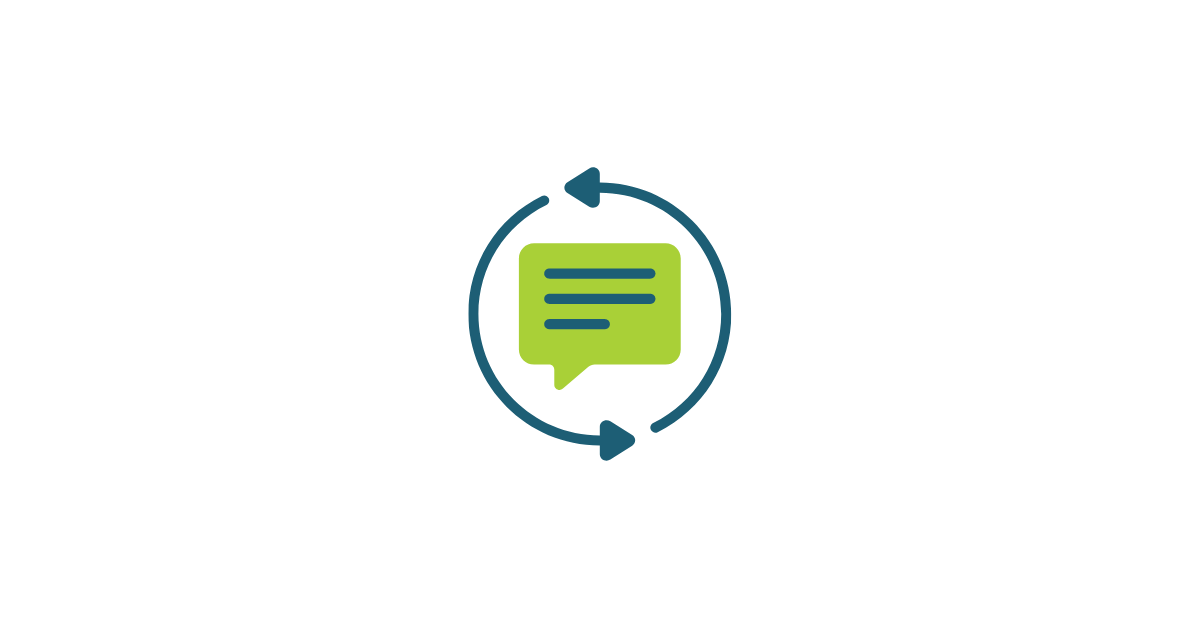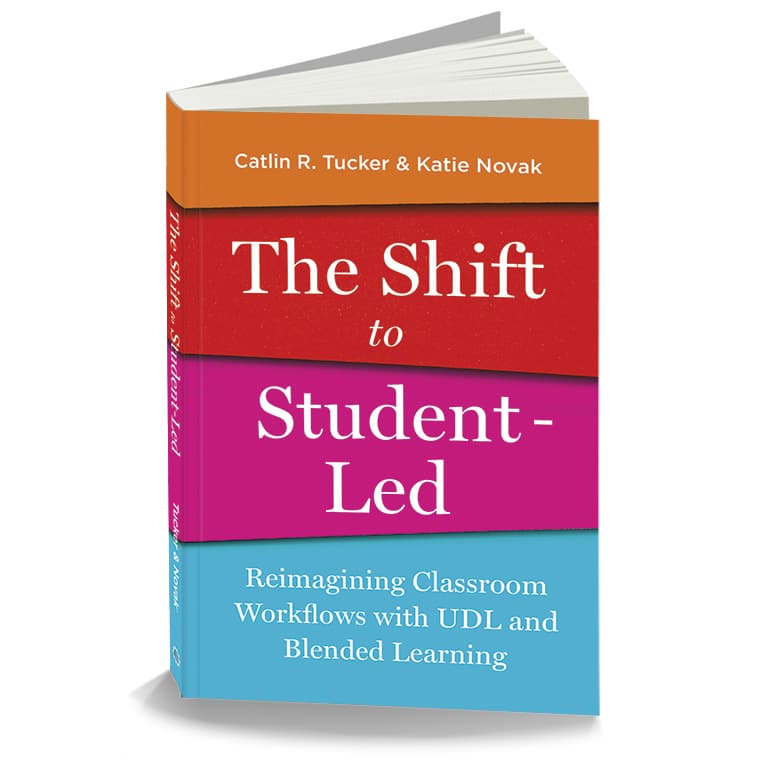How can pulling feedback into the classroom help students develop confidence and improve their self-regulation skills?
Feedback is one of the most powerful tools a teacher has to support students in achieving standards-aligned goals. Feedback also
- Provides clarity on learning goals and expectations.
- Guides students in understanding their strengths as well as areas in need of improvement.
- Supports skill development and mastery of concepts.
- Enhances metacognitive skills, such as self-regulation and self-monitoring.
- Encourages engagement and active participation in the learning process.
- Promotes a growth mindset and a belief in the potential for improvement.
- Fosters effective communication and dialogue between teachers and students.
- Builds confidence and self-efficacy in learners.
Despite the myriad benefits of focused, timely, and actionable feedback on learning, it is often neglected due to time constraints. Teachers typically provide feedback on completed assignments, which may not significantly impact students’ conceptual understanding and skill development. Additionally, feedback often focuses on minor details, making it difficult for students to respond effectively and make improvements.
In this workflow shift, Dr. Novak and I want teachers to focus on pulling feedback feedback loops into the classroom so students feel seen and supported as they work.
Shifting to Giving Feedback During the Process
In this chapter, Dr. Novak and I explore strategies designed to transform the way teachers give feedback. The chapter emphasizes three key strategies that promote a culture of feedback and empower students in the feedback process.
Modeling the value of feedback: We highlight the importance of creating a classroom culture where feedback is highly valued and recognized as a tool for growth. This requires teachers actively seek feedback from students, modeling the process of giving and receiving feedback, and demonstrating how feedback contributes to personal and academic improvement.
Utilizing blended learning models to give real-time feedback: We demonstrate how teachers can use blended learning models, specifically the station rotation and playlist models, to create the time and space needed to provide focused, process-based feedback in the classroom. By incorporating technology and targeted learning activities, teachers can provide timely feedback as students engage in their learning tasks. This approach ensures that feedback is delivered in a timely manner, allowing for immediate reflection and adjustment.
Engaging students in peer feedback: We explore strategies for involving students in the feedback process with peer feedback. This includes using feedback choice boards or rubrics to guide students in providing constructive and kind feedback to their peers. Additionally, we emphasize the importance of scaffolding and providing support to help students develop the skills and confidence needed to provide effective feedback.
In our book, The Shift to Student-led, Dr. Katie Novak and I demonstrate how teachers can use Universal Design and blended learning to create the time and space to pull feedback into the classroom so teachers are not taking that student work home to give feedback on their evenings and weekends. We provide a collection of strategies and resources teachers can use to reimagine their approach to feedback and include students in the process.
By implementing these strategies, teachers can foster a feedback-rich environment that empowers students as active agents of their own learning. Students are not only recipients of feedback but also contributors, creating a collaborative and growth-oriented learning community.
To learn more about this shift, check out our new book, The Shift to Student-led. If you are interested in a discounted bulk order of 10 or more books, complete this form.




8 Responses
The notion that immediate feedback fosters superior learning compared to delayed feedback isn’t a contentious one. The real challenge lies in how an already-occupied teacher finds the capacity to offer “focused, timely, and actionable feedback on learning”. It’s in this realm that we, the readers, hope to see you deliver concrete solutions.
However, the current explanation of your three strategies is underwhelming. Phrases like “station rotation and playlist models,” “feedback choice boards”, and “Universal Design” can be opaque jargon that seemingly requires your book to explain.. While unexplained jargon can sometimes pique interest, it often deters potential readers due to its inaccessibility.
To appeal to a broader readership, offering tangible explanations for complex terms would demonstrate that your insights are comprehensible, practical, and implementable, rather than merely abstract academic theories.
The ideas you present hold significant value; it’s crucial that they’re conveyed in a manner that is not only accessible but also persuasive. I trust you’ll find the means to do so.
Hi George,
I can understand your concern about my not defining these terms; however, I write weekly on topics related to blended learning. If I was to define these models every time, it would become repetitive for my regular readers. If you are interested in any of these terms and what they mean, you can search my blog for posts on a specific model, like station rotation, to learn more about it. I will try to include more hyperlinks to previous posts related to the specific terms and models for folks who are new to these terms. If you want to do a deeper dive into any of them, I have hundreds of blogs and several podcast episodes available for people to explore that are free and do not require that you purchase my books. I did write this to pique interest in my new book as the chapter on feedback does go into detail about these strategies and provides templates/resources to support the shift to giving feedback in class.
Take care.
Catlin
In 2019, I came across the notion of a student-led classroom and was intrigued, but that got drowned in information overflow.
My interest in inclusiveness brought me across the term UDL which is pretty unheard of still in my country.
And as a tech enthusiast and someone who sees its potential to foster learning and inclusiveness, I’ve been super happy to see your Ditch Summit talk because how you defined blended learning and talked about it as a scale absolutely resonated with me.
And now your new book turns out to be an amazing intersection between things I firmly believe in and it really helped me grasp their overlap more and more.
Thanks a ton for all that!
Yay! That’s wonderful to hear, Sven! Thank you for the kind comment. It’s always nice to hear my work is resonating with educators. 😊
Take care.
Catlin
Interesting to hear from you what you think of internal feedback as per David Nicol’s model? Teachers provide feedback (usually known as comments/information) and learners have to generate feedback themselves from those comments, but why should comments be the only comparator and why start with teacher comments (increases teacher workload)? Short video: https://youtu.be/c7WZ7BUH3Fk Publications: https://davidnicol.net/
Twitter: bastrimbos
Thanks for sharing this, Bas. I’ll check it out.
Catlin
Hi Catlin, I love in the video where you say that, not just this particular epiphany, came from a moment of desperation. Many epiphanies have come from a moment of desperation. lol! for a couple of years I graded on a 0-3 scale. My thought was that by scoring an assignment a 2 and providing specific feedback that would be the road map to a 3, perfect score, I would incentivize the necessary corrections/additions and students would all get a 3. That was not the case, unfortunately. Students wanted me to grade on a 0-4 scale, which btw I do now at a standards based grading school, because then, if they got a 3 out of 4 they were still doing pretty well, without making any corrections/additions. I really put my heart and soul into those comments and suggestions. Students were not impressed. I feel your pain. I will definitely put into practice even more proactive/draft stage “check-ins” so that the feedback does not go unnoticed. Thank you!
Hi Erin,
Thank you for the note and sharing your experience! My journey with grading and feedback was a 7 year process. It took a while to finally get to a place where things worked smoothly and I wasn’t taking much (if any) work home to give feedback on or grade. It also took time for my students to finally stop asking about points and instead focused on their progress toward learning goals. I had do a lot of “unlearning” to do in order to get there, but it was SO worthwhile!
In terms of making sure students engage deeply with the feedback, you may want to use this graphic organizer that I created for students to identify the learning objective of an assignment, reflect on what they were learning about themselves from the feedback they received, and make a statement about how they were going to act on the feedback.
Take care.
Catlin